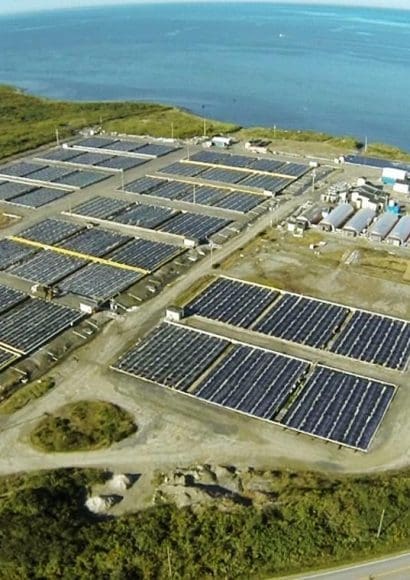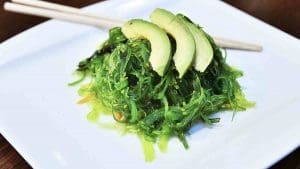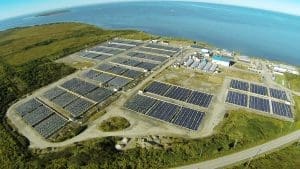
When people hear about algae, the first thing that comes to mind is often the green stuff floating in ponds. However, the future of algae-based food is not about slimy water plants. Instead, it is about transforming algae into tasty, healthy, and sustainable meals for people all around the world.
Although it may sound unusual, this food trend is not only possible but already happening. Moreover, many scientists believe algae will soon be part of our daily diet. But why? Let’s dive into the exciting story of algae and discover how this little organism could change the way we eat forever.
Contents
Why algae matters today🐟
First of all, it is important to understand why algae has become such a hot topic. The world population is growing fast, and by 2050, there will be nearly 10 billion people on Earth. Obviously, this means we will need a lot more food. At the same time, farming animals and crops takes a massive toll on the environment.
Algae offers a different path. Unlike cows or soy fields, algae can grow quickly, does not need fertile land, and uses less water. In addition, algae naturally absorbs carbon dioxide, which helps fight climate change.
So, while traditional food sources are becoming harder to sustain, algae is stepping into the spotlight as a superhero ingredient.
What exactly is algae?🐟
To make things simple, algae are water plants, but not the kind you see in your garden. They can be microscopic, like spirulina, or large, like seaweed.
There are two main types:
- Microalgae: Tiny, single-celled organisms. Examples: spirulina, chlorella.
- Macroalgae: Larger sea plants. Examples: nori, kelp, wakame.
Although these may sound exotic, you have probably eaten algae before. For instance, sushi rolls are wrapped in nori, which is a type of seaweed. Similarly, many ice creams and jellies use carrageenan, a gel made from algae.
In short, algae is not as strange as it seems. In fact, it is already part of your life.
The superpowers of algae🐟
Now, let us look at what makes algae so powerful.
1. Nutrition powerhouse
Algae are rich in protein, vitamins, and minerals. Spirulina, for example, contains more protein per gram than beef. Also, algae are a source of omega-3 fatty acids, the same healthy fats found in fish.
2. Eco-friendly food
Growing algae requires very little space and water. Even better, it can grow in salty water where regular crops cannot survive. As a result, algae farming does not compete with land needed for other food.
3. Versatility in cooking
From powders to oils, algae can be turned into many different products. Some companies are already making algae pasta, algae burgers, and even algae snacks for kids.
Because of these qualities, algae has a chance to become one of the most sustainable and healthy food sources of the future.

Transitioning toward an algae future🐟
Even though algae seems magical, many people are still skeptical. After all, it is not a traditional food. However, history shows us that new ingredients often start strange but later become normal. For example, a few decades ago sushi was considered strange in the West. Today, it is common.
Similarly, the future of algae-based food will depend on how well it is introduced to families and kitchens. If algae products taste good, are easy to cook, and look appealing, people will naturally accept them.
Where algae is already used today🐟
To understand how close the future is, let us explore where algae is already making a difference:
- Snacks and powders: Spirulina powder is sold in health stores worldwide.
- Meat alternatives: Companies are creating algae-based burgers that taste like beef but are greener for the planet.
- Cooking oils: Algae oils are rich in omega-3 and are used as a healthy alternative to fish oil.
- Animal feed: Farmers use algae to feed chickens and fish, which indirectly brings algae to your plate.

Clearly, algae is not just an idea; it is already happening. For seafood lovers who want practical ideas in the kitchen, check out these 5 Recipes with Dorado Fish that are both easy and delicious.
Challenges ahead🐟
Of course, nothing is perfect. While algae sounds amazing, there are still some challenges.
Cost
Producing algae can be expensive compared to traditional crops. As technology improves, costs may go down, but right now it is still a barrier.
Taste and smell
Not everyone enjoys the flavor of seaweed. Some microalgae have strong tastes that need to be balanced in recipes. However, food scientists are working hard to create mild flavors that are kid-friendly.
Awareness
Many people simply do not know about algae’s benefits. Education and creative marketing will be key.
The role of technology and innovation🐟
Technology is playing a huge role in shaping the future. With new bioreactors, scientists can grow algae faster and in controlled environments. Artificial intelligence is also helping to optimize algae farming by predicting the best conditions for growth.
In addition, startups are experimenting with exciting algae products such as:
- Algae-based milk alternatives
- Plant-based eggs with algae protein
- Pasta enriched with algae flour
Step by step, innovation is making algae food more accessible and delicious.
The bigger picture: why algae matters for everyone🐟
At this point, you may wonder: why should I care about algae? The answer is simple. The choices we make about food today will decide the future of our planet.
The future of algae-based food is not just about new snacks. It is about solving real-world problems like hunger, climate change, and health. Moreover, algae has the potential to bring nutritious meals to communities where traditional farming is difficult.
In other words, algae could be the key to feeding billions of people without destroying the Earth. If you are curious about how raw ingredients are transforming modern gastronomy, don’t miss our article on Trends in raw fish cooking.
Looking ahead with hope🐟
So, what does the road ahead look like? Although we cannot predict every detail, it is clear that algae will play a growing role in our diets. Perhaps in the next decade, you will see algae yogurt in your fridge or algae pasta on your dinner table.
Step by step, the world is moving toward greener, healthier, and smarter food systems. And at the heart of that change is algae.
The next time you enjoy sushi, a smoothie, or even an ice cream, remember: you may already be tasting the future of algae-based food.


